This is my daughter’s second week of remote learning, and we are settling into a routine again. Unfortunately for me, every school-time routine means I don’t get enough sleep. No matter how hard I try, it is always later than I want it to be before I get to bed, and that alarm goes off awfully early in the morning.
However, a routine is helpful. My daughter is old enough now that she does not need constant help with her schoolwork. Unlike the spring remote learning, where we were all simply trying not to drown, her teacher is online live with her and the class for 4 straight hours (with small breaks in between lessons so the kids can move around, go to the bathroom, etc). Then a lunch break, then my daughter goes back up to her “art studio” to do her Specials work and anything she hasn’t finished in class.
Since she also makes her own breakfast and lunch, that leaves my day more open than it has been all summer. It’s still hard to concentrate, because my daughter pops down at every break to chat, but I can get some work done during the daylight hours (if I can stay awake!). As a result, I have been able to work some more on revising Veritas later in the afternoon and evenings.
As I said in a previous post, I have been using Lisa Cron’s Story Genius to revise, but I got hung up on what she calls the third rail—those competing desires that fuel the inner conflict of your protagonist. I wasn’t quite understanding it, or at least I could not clarify it enough to find one that felt “right” for Veritas, until I spoke to my friend Kathryn Craft, who is a wonderful developmental editor. She reframed the idea for me, coming at it from several other angles, and at last I “saw” what I needed.
I have spent the past week chipping away at the rest of Story Genius, laying the groundwork which will both support and propel the story. I feel like it’s finally coming together. This is a major revision of an already well-polished story, and what I am finding is that all the pieces I needed were already in the story—I just have to put them together in a different way. So, yay to my subconscious for knowing what needed to be in there, even while my conscious brain missed the point.
My plan from here on out, now that I think I grasp what I need to do, is to use Cron’s Story Cards concept to examine my existing scenes and align them with my new insights, and figure out if any more need to be added (or deleted). We shall see how it goes.
How are you settling into your fall routine? Is it much different from your summer one?
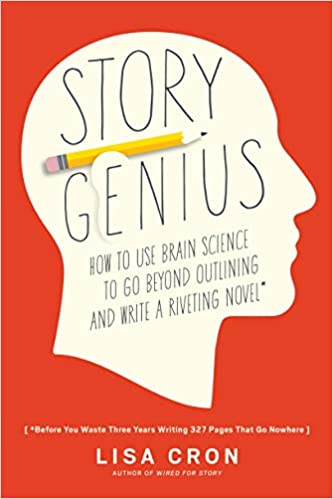

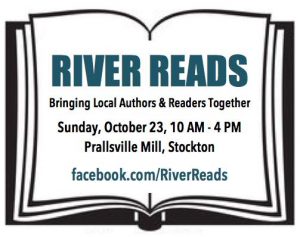




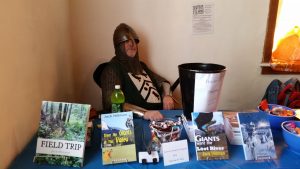
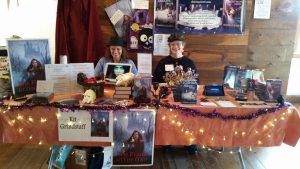
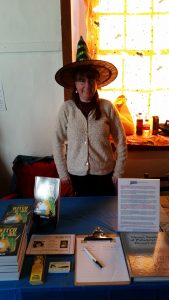

Back in the Writing Saddle—CoronaLife Day 887
My daughter is at camp this week. It is a day camp, and it is about 40 minutes from my house. Which means I am driving 2 hours and 40 minutes a day, 112 miles a day. It also means early rising and long days.
It also means a quiet house and writing time.
I have taken this opportunity to return to my YA scifi novel Veritas, which I had left in mid-revision when the pandemic hit and life became too stressful for me to have the proper mindset to work.
I spent Monday and Tuesday reviewing my copious notes and re-reading the rewrite as far as I had it. I remembered what I was trying to do, and where I was headed. Even more exciting, I liked the rewrite so far!
On Wednesday I dove back into the writing, managing a respectable 1,146 words on a brand new scene. My next step will be to return to the already written scenes and revise them to fit the new vision.
So while I may be a bit sleep-deprived, I am feeling good that I am making progress. This revision is a slow and painstaking one, as I measure each scene against feedback from my editor, the ideas found in Lisa Cron’s Story Genius, and the vision I have in my head. Weaving those parts together—and writing new material as needed—will hopefully create a story that is strong and compelling.
Vertias has been a project for a long time. This is my third major rewrite of the book. The first version I liked but a potential agent didn’t. I rewrote based on her feedback but disliked the result (so did she, as she passed on representing it). I returned my second version to my trusted editor Kathryn Craft, who also disliked the new version, but was able to articulate why and help me see a path to reclaiming what we both had loved about the original while addressing the remaining weaknesses.
I had embarked upon the mind-bending process of separating the wheat from the chaff when the pandemic hit and everything fell apart. Now I am inching back into it, and hope to continue once this week of camp is over.
After all, soon school will be back in session, and I will have a quiet house again.